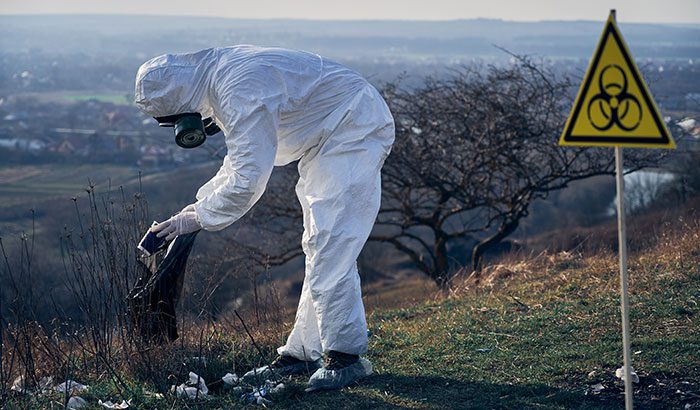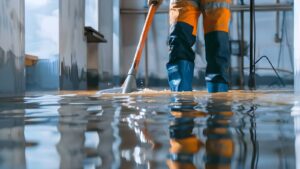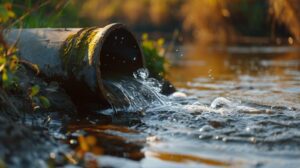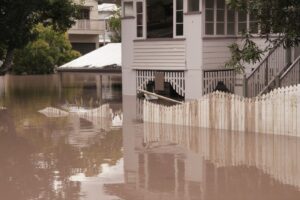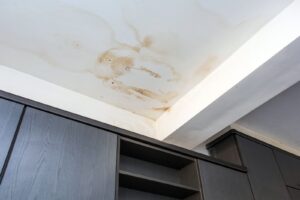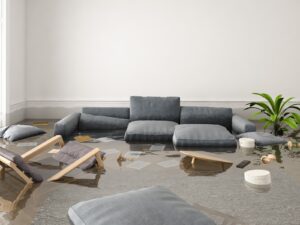There are steps to biohazard cleanup that, when followed, ensure a safe cleaning process that contains and removes the biohazard. Is this your first time encountering a biohazard? If you know what to expect, you’ll be well prepared for when the professionals come to clean it up.
Today’s blog walks you through what to expect in a biohazard cleanup. We’ll define what a biohazard is, provide examples, and describe the five things you should expect. When it comes to biohazards, knowledge is a power that can keep you and your family safe.
Keep reading to learn more.
What is a biohazard?
A biohazard is a dangerous biological or chemical substance that could harm humans, animals, or the environment.
Since it’s impossible to know whether something is a biohazard by looking at it, identifying biohazard waste is as simple as seeing something suspicious and treating it as a potential biohazard.
What are examples of biohazards?
Biohazards include microbiological waste, human blood and blood products, pathological wastes, animal waste, isolation waste, and contaminated or uncontaminated sharps.
- Microbiological waste is most often found in clinical and hospital settings. Examples include infectious waste cultures and stocks, inoculated and mixed specimens, and live and attenuated vaccines.
- Human blood and blood products include serum, plasma, and other blood components.
- Pathological waste most often comes from hospital procedures where tissues, organs, and body parts are removed from the body. Autopsies frequently contain pathological waste.
- Contaminated animal waste comes from animal carcasses, body parts, and bedding exposed to infectious agents. The medical research, pharmaceutical, and biological industries are most common for animal waste.
- Isolation waste usually comes from biological waste and discarded materials containing blood, excretion, exudate, or secretions from individuals or animals sick with bacterial infections.
- Sharps are most often used in medical settings. Contaminated sharps have been used. Uncontaminated sharps haven’t been used but have been around infectious agents.
There are four levels of biohazard waste:
- Level 1 biohazards don’t typically make people chronically ill with diseases, but they can cause temporary illness, especially in immunocompromised individuals.
- Level 2 biohazards can make you very sick but aren’t airborne, so you must come into direct contact with the biohazard for it to infect you. HIV, salmonella, and hepatitis B are common examples.
- Level 3 biohazards cause serious diseases that might not be airborne at the time of infection but can become airborne. Tuberculosis, a lung disease spread through coughing near others, is an example of a level 3 biohazard.
- Level 4 pathogens are diseases that have no available treatment. Infected or exposed individuals must be isolated from others to prevent the spread of infection.
What makes a house a biohazard?
As we mentioned earlier, in some cases, you can assume that you’re dealing with a biohazard. In your home, those times include fatal accidents, animal carcasses, sewage backup, airborne disease, chemical spills, etc.
Suicide, homicide, and fatal home accidents where blood, saliva, and bodily fluids are exposed are biohazard scenes. If an animal dies in your home or on your property, its carcass quickly becomes a biohazard. Sewage backup will cause your water to become a biohazard and can also affect your neighbors.
And we could go on. Many everyday issues, however minor, can be biohazards and must be treated carefully.
What are the risks of biohazard exposure?
You may have been exposed to a biohazard, especially if you walk into a biohazard scene in your home. Depending on the level of risk, you might need to isolate yourself from others until it’s been determined whether you’re carrying a contagious bacterial infection.
Depending on what it is, you could get mildly sick or require hospitalization. When obtaining medical care, tell the providers what you were exposed to so they can don the necessary personal protective equipment to contain the biohazard further.
5 things to expect in a biohazard cleanup
As for when the restoration experts come, you can expect these five things.
- Expect a control space. The first step to containing a biohazard is creating a control space where the biohazard can’t go past. This ensures that the situation is taken care of once and for all. The control space is often a room of your home or a tented-off area.
- Expect isolated areas. During biohazard cleanup, you’ll likely have isolated areas where you can’t go until the biohazard has been cleaned up and disposed of.
- Expect hazmat suits. For higher-level biohazards, gloves, goggles, and face masks aren’t enough. Donning a hazmat suit is often the best personal protective equipment that can be worn.
- Expect the professionals to go layers deep. Cleaning a biohazard involves tearing up floorboards, carpet, kitchen tile, etc. It’s easy for a biohazard to seep deep into the floor, so surface cleaning isn’t enough.
Professional tools can determine how far a biohazard has spread, so you can rest assured that your home is truly free of the biohazard.
- Expect to lose some personal items and have things replaced. In the process of cleaning, there are some things that even professionals can’t sufficiently clean. For example, say there was a bad accident in your kitchen, and there’s blood all over your countertops, covering some cooking utensils and cooking ware.
Depending on how bad the accident was and the level of biohazard you’re dealing with, you might need new cookware instead of cleaning what’s there.
Now that you understand what a biohazard is and what is involved in biohazard cleanup, you probably don’t want to clean one up on your own. And that’s understandable!
Total Flood & Fire Restoration
Total Flood and Fire Restoration is a northern Utah-based restoration company serving Davis, Weber, Salt Lake, and Utah counties and the surrounding areas. We handle biohazard cleanup and mold, fire, water, sewage, and storm restoration.
Contact Total Flood and Fire Restoration right away if you need a biohazard cleanup. We offer 24/7 emergency service for that very reason. Call us at 801.560.9798 to schedule a time for us to come to your home.

